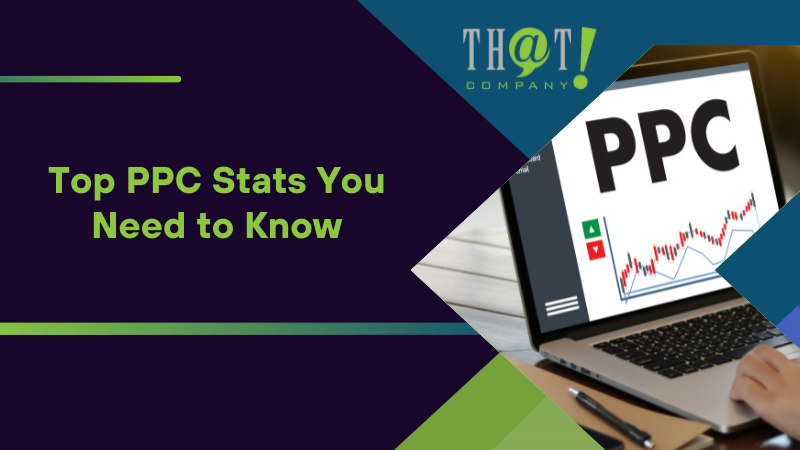
Curious about how PPC stats can boost your ad campaigns? Here, we dive into the latest statistics on Google Ads, mobile trends, conversion rates, and more to help you make informed decisions and enhance your marketing strategy.
Key Takeaways
- Google Ads dominates the PPC landscape with a 73.1% global paid search market share, making it essential for effective advertising strategies.
- Mobile advertising is on the rise, with projections showing mobile ad spending expected to exceed $447.3 billion by 2025, highlighting the need for mobile-optimized campaigns.
- Local PPC campaigns yield significantly higher conversion rates, averaging around 15%, showcasing their effectiveness in driving engagement and sales for businesses targeting specific geographic areas.

Google Ads Dominance in PPC
Google Ads continues to dominate the PPC landscape, maintaining its position as the undisputed leader. With its substantial share of PPC budgets worldwide, Google remains the primary platform for running PPC ads. This dominance reinforces its status as the go-to choice for advertisers. In fact, Google is the most popular site globally, generating a staggering 97% of its total revenues from Google Ads, amounting to $147 billion in 2020. This dominance is set to continue, with 77% of marketers planning to increase their spend on Google Ads over the next 12 months.
Google Ads caters to diverse marketing needs with a variety of campaign types, including local, smart, display, video, shopping, and app campaigns. Its ability to generate traffic, convert it into sales, and build brand recognition solidifies Google Ads as the leading PPC advertising corporation. With PPC stats showing global search ad spending projected to reach $190.5 billion in 2024, Google Ads is poised to remain at the forefront of the PPC industry.
Google Ads is an indispensable tool for marketers due to its diverse options and strong return on investment. It delivers exceptional results, whether the goal is driving sales, increasing visibility, or building brand recognition.
Google’s Market Share in Paid Search
Google holds a commanding 73.1% of the global paid search market share, making it the go-to platform for search advertising globally. In the UK, Google’s market share for paid search is even higher, reaching an impressive 86.31%. This dominance is further highlighted by the fact that when Google Ads are paused, 89% of traffic generated is not replaced by organic clicks, underscoring the platform’s critical role in driving online traffic.
Mobile devices account for nearly 62% of all clicks within Google Ads, reflecting the significant shift towards mobile ad spending. The fact that 33% of mobile ad spending is attributed to Google highlights its major role in the mobile advertising space. With more brands planning to increase their PPC budgets, Google’s market share in paid search is set to grow further.
Click-Through Rates on Google Ads
Click-through rates (CTR) are key to PPC ad effectiveness. PPC stats reveal that 63% of people have clicked on a Google ad, and 65% of Google Ads clicks come from paid campaigns, highlighting their strong engagement.
An ad in the first position on Google Ads averages a 6.30% CTR, showing high engagement and conversion potential. Mobile ads tend to have higher click-through rates compared to desktop, indicating stronger user engagement on mobile platforms. This trend highlights the need to optimize ad campaigns for mobile devices to boost click-through rates and performance. Various Google Ads statistics further support this approach.
Conversion Rates Across Industries
Conversion rates indicate how effectively Google Ads campaigns drive desired actions for businesses. In the U.S., the automotive industry boasts the highest conversion rate for Google Ads at 12.96%, showcasing the potential for successful marketing in this sector. On the Google display network, the average conversion rate is 0.57%, providing a benchmark for businesses to measure their ad performance.
For every $1 spent on Google Ads, businesses earn an average revenue of $2, highlighting the potential return on investment. Understanding these conversion rates and metrics allows businesses to make informed decisions and optimize their PPC advertising strategies for better results.
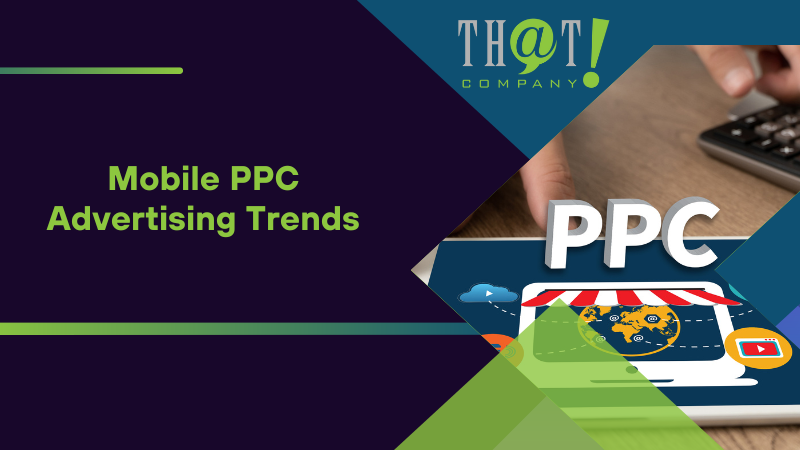
Mobile PPC Advertising Trends
With 81% of Americans owning smartphones, the importance of mobile devices in daily life cannot be overstated. The shift from computers to phones has made mobile PPC advertising increasingly important. With an average click-through rate (CTR) of 6.42%, Google Ads provides valuable insights into how consumers engage with ads on mobile devices.
Mobile PPC stats reveal trends and behaviors that advertisers can leverage to enhance their campaigns. Understanding these trends helps marketers adapt strategies to better target and engage mobile audiences, driving higher performance and ROI.
Mobile Ad Spending Trends
Predictions indicate that mobile advertising expenditures will surpass those of traditional media, emphasizing the increasing significance of mobile platforms in the advertising world. By 2025, mobile ad spending is projected to reach around $447.3 billion, underscoring the substantial investment in this area. This substantial growth signifies that marketers must adapt their strategies to effectively engage mobile audiences and stay competitive in the market.
The shift towards mobile ad spending necessitates prioritizing mobile-friendly ad formats and optimizing campaigns for mobile devices. This ensures ads resonate with mobile users, driving higher engagement and conversions.
Mobile Device Click-Through Rates
The average click-through rate (CTR) for Google Ads continues to reflect the changing landscape, with mobile devices increasingly becoming the dominant platform for ad engagement. Currently, 61.9% of Google Ads clicks originate from mobile devices, indicating a significant shift towards mobile advertising. This trend underscores the growing preference for mobile usage and the importance of optimizing ad campaigns for mobile devices to maximize CTR.
Text ads have a lower average CTR compared to mobile ads, with Google Shopping Ads achieving around 1.91% to 2.5%, while Bing Ads show a CTR of 2.83%. This comparison underscores the need for advertisers to focus on mobile ad formats that drive higher engagement and performance.
Consumer Behavior on Mobile Devices
Consumer behavior on mobile devices is evolving, with an increasing preference for ‘click to call’ features when engaging with ads. These behaviors, along with PPC stats, indicate a growing demand for mobile-optimized PPC strategies to enhance consumer engagement and drive higher conversions.
As more consumers use their mobile devices for online activities, advertisers must prioritize mobile-friendly ad formats and features that cater to these preferences. This ensures that ads effectively capture the attention of mobile users and drive better results.
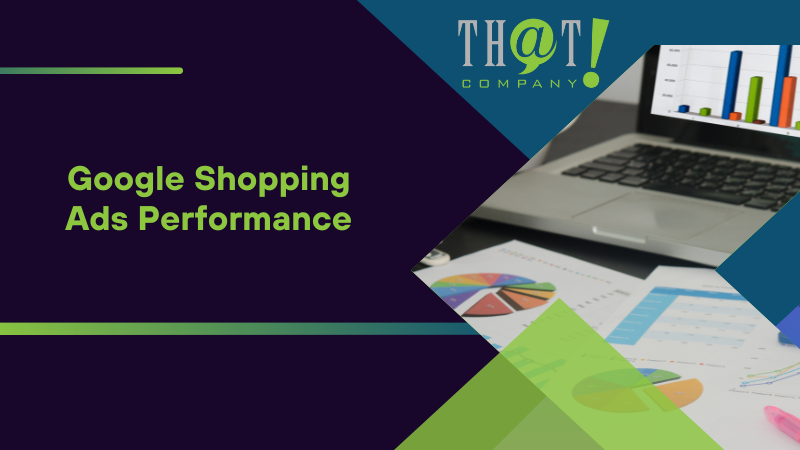
Google Shopping Ads Performance
Google Shopping Ads are essential for both product launches and established products, offering significant visibility and driving sales. These campaigns are highly effective in reaching potential customers and boosting conversion rates. With 98% of global consumers shopping online, the importance of Google Shopping Ads in e-commerce success cannot be overstated.
The performance of Google Shopping Ads highlights their critical role in the PPC landscape, especially for retailers looking to maximize their online presence and drive sales. Understanding key metrics and trends helps businesses optimize shopping campaigns for better results.
Clicks and Impressions Statistics
Google Shopping campaigns generate 85.3% of clicks among all AdWords campaigns, making them a vital component of any PPC strategy. These ads generate significantly more clicks than traditional text ads, highlighting their effectiveness in capturing user attention and driving engagement.
The high click rates of Google Shopping Ads underscore their importance in the PPC landscape. Leveraging these campaigns ensures products gain maximum visibility and attract potential customers, driving higher performance and ROI.
Retail Search Ad Spend
Google Shopping ads account for about 76.4% of retail search advertising expenditure, reflecting their dominance in the retail advertising space. Additionally, 80% of all Google Ads expenditure is directed toward Google Shopping Ads, emphasizing the significant investment in these campaigns.
Retailers are expected to increase their ad spend on Google Shopping campaigns due to their high performance and effectiveness. Many retailers aim for a double-digit spending increase in 2025, signifying the growing importance of Google Shopping Ads in driving retail success.
Conversion Rates for Shopping Campaigns
Google Ads has an average conversion rate of 6.96%, showcasing its potential to drive high conversions. For Google Shopping Ads, the typical conversion rate stands at around 1.91%, highlighting their effectiveness in converting clicks into sales.
Notably, 50% of people from paid ads are more likely to purchase compared to those from organic links, underscoring the value of PPC campaigns. The average order value (AOV) for purchases made via Google Shopping Ads tends to be higher than those from organic search, further emphasizing their importance in driving e-commerce success.
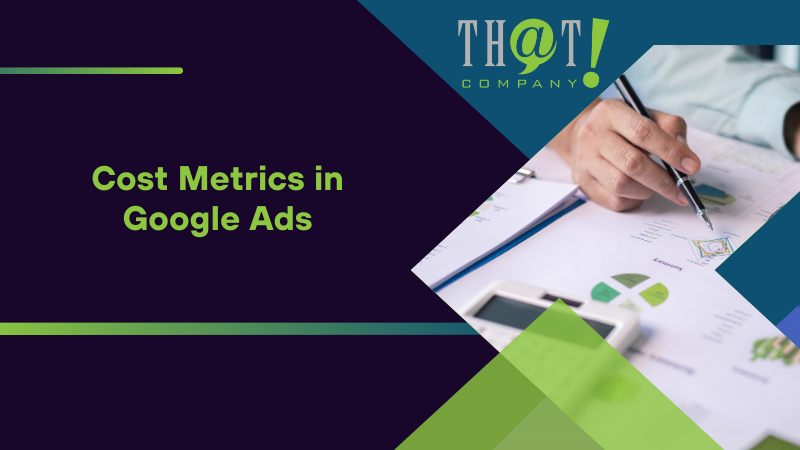
Cost Metrics in Google Ads
Cost metrics in Google Ads are crucial for optimizing ad spend and maximizing ROI. The average cost per click (CPC) on Google Ads ranges between £0.75 and £1.50, emphasizing the need for effective budget management. With the average monthly PPC expenditure for in-house teams being approximately $950,000, it’s clear that significant investments are being made in Google Ads.
Analyzing these cost metrics allows businesses to make informed decisions on budget allocation and campaign optimization for better performance. Understanding the average CPC and other cost metrics helps businesses ensure they are getting the most out of their advertising investments.
Average Cost-Per-Click (CPC)
The typical cost per click (CPC) for Google Ads is around $1.16, but it can vary significantly by industry. For example, attorneys and legal services incur the highest cost per lead on Google Ads, averaging $144.03. This variation highlights the importance of understanding industry-specific CPCs to manage ad spending effectively and maximize ROI.
Monitoring and adjusting CPCs ensures businesses invest their budgets wisely and achieve desired outcomes from PPC campaigns. Understanding these cost metrics is essential for optimizing ad spend and ensuring the highest possible return on investment.
Budget Recommendations
Setting a daily budget is essential for managing costs and ensuring effective advertising strategies in Google Ads. Aligning daily budgets with industry standards can maximize the effectiveness and ROI of Google Ads campaigns. With 64% of brands planning to increase their PPC budget in the next 12 months, having a higher budget can be more beneficial for businesses using Google Ads.
Careful budget planning and management help businesses maximize their advertising investments and achieve marketing goals. Aligning budget recommendations with industry standards is key to optimizing ad performance.
Return on Investment (ROI) Statistics
For every dollar invested in Google Ads, businesses typically generate about $2 in revenue, highlighting the platform’s potential for high ROI. In fact, businesses can expect an 8:1 return on investment from their spending on Google Ads, making it a lucrative option for marketers. The average conversion rate for Bing Ads is approximately 2.94%, while products advertised through Google Shopping campaigns have a conversion rate of approximately 3.75%, further emphasizing the effectiveness of Google Ads.
Understanding these ROI statistics allows businesses to make informed decisions about advertising investments and optimize strategies for better results. Google Ads’ high PPC stats and ROI potential make it an attractive option for businesses aiming to maximize their marketing efforts.

PPC vs SEO: Traffic and Learning Curve
PPC advertising generates immediate traffic and leads right after a campaign starts, making it preferable for businesses seeking quick results. In comparison, SEO strategies typically require a more prolonged effort to yield traffic, highlighting the need for a longer-term approach. The rise of mobile usage has influenced both PPC and SEO strategies, requiring marketers to adapt their tactics accordingly.
Understanding PPC and SEO differences helps businesses make informed marketing strategy decisions. PPC stats show that leveraging both PPC and SEO creates a balanced, effective marketing mix that drives traffic and conversions. A white label branding services provider can enhance these efforts by offering businesses the tools to build and maintain a strong brand presence while managing their PPC and SEO campaigns seamlessly.
Visitor Generation Comparison
PPC generates twice the visitors that SEO does, making it a powerful tool for driving immediate traffic to a website. The average conversion rate for search ads on Google is between 3.1% and 6%, highlighting the effectiveness of PPC in generating leads and conversions.
Understanding the visitor generation capabilities of PPC and SEO helps businesses make informed marketing strategy decisions and allocate resources effectively. Leveraging the strengths of both approaches can help businesses achieve their marketing goals and drive better results.
Learning Timeframes
PPC campaigns can be launched within hours, while SEO requires months for effective implementation. The learning curve for PPC is typically shorter, allowing marketers to start seeing results within days, unlike SEO which may take months. This shorter learning timeframe makes PPC an attractive option for businesses looking to achieve quick results.
Understanding the learning timeframes for PPC and SEO helps businesses plan marketing strategies and invest time and resources effectively. The quick setup and optimization of PPC campaigns make it a valuable tool for marketers.
Cost-Benefit Analysis
PPC investment leads to faster customer acquisition compared to SEO, often resulting in higher long-term ROI. The ROI for PPC can reach up to 200%, making it a lucrative option for businesses looking for quick returns. PPC offers immediate visibility and traffic, enabling businesses to achieve rapid growth compared to SEO.
The costs associated with PPC can be closely monitored and adjusted based on performance metrics, allowing businesses to optimize their ad spend and achieve better results. Understanding the cost-benefit analysis of PPC and SEO helps businesses make informed marketing strategy decisions and achieve their goals.

Social Media PPC Insights
Social media advertising is essential to PPC strategies, enabling brands to engage with target audiences. PPC stats show that 76% of PPC marketers use Facebook and 70% use Instagram, highlighting their importance in the social media advertising landscape.
In 2022, the total expenditure on social media advertising reached $270 billion, indicating the significant investment being made in this space. Leveraging social media platforms allows advertisers to create engaging and effective ad campaigns that drive higher performance and ROI.
Facebook and Instagram Ad Performance
The majority of marketers consider Facebook and Instagram to be effective channels for reaching targeted audiences. In 2025, Instagram’s engagement rate has dropped to 0.50%, while TikTok has maintained a higher rate of 2.50%. Video ads on Facebook and Instagram significantly outperform image-only ads in terms of engagement rates, making them a valuable tool for advertisers.
Understanding Facebook and Instagram ad performance helps businesses optimize social media advertising strategies for better results. Video ads and other engaging formats can drive higher engagement and conversions.
LinkedIn and Twitter PPC Stats
LinkedIn and Twitter (X) have low engagement rates at 0.15% in 2025, posing challenges for organic reach. However, LinkedIn ads deliver higher conversion rates, especially for B2B marketing, making it valuable for targeting professionals.
Understanding PPC stats for LinkedIn and Twitter helps businesses make informed social media advertising decisions and allocate resources effectively. Leveraging these platforms’ strengths helps businesses achieve marketing goals and drive better results.
Emerging Platforms
Emerging platforms like TikTok and Snapchat are reshaping the landscape of PPC advertising with their unique user engagement and ad formats. TikTok has rapidly evolved into a key advertising platform by leveraging its short-form video format, appealing especially to younger audiences. Snapchat offers interactive ad formats such as AR lenses and sponsored filters, providing immersive advertising experiences for users.
With the growth of user engagement on platforms like TikTok and Snapchat, advertisers have significant opportunities for innovation in PPC strategies. Understanding the potential of emerging platforms helps businesses stay ahead and achieve better PPC campaign results.
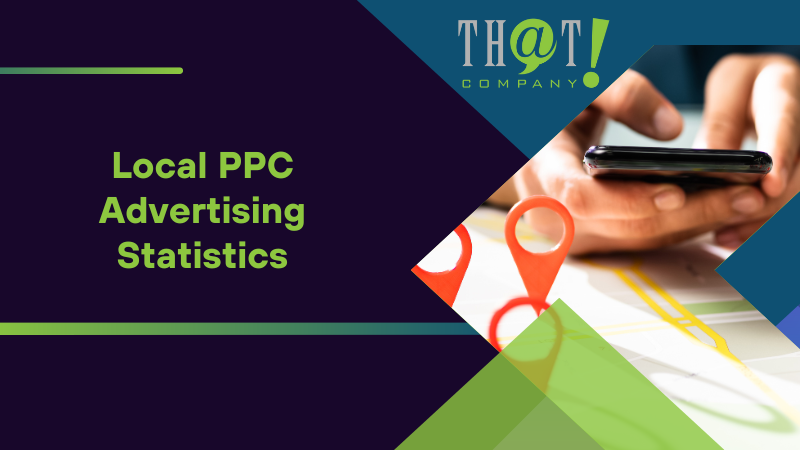
Local PPC Advertising Statistics
Local PPC advertising is particularly relevant for start-ups and smaller businesses looking to maximize sales close to home. These local ad campaigns can significantly increase foot traffic to nearby businesses, leveraging PPC stats to optimize performance and making them a valuable tool for driving local engagement and conversions. Partnering with a white label digital marketing company allows businesses to access expert marketing services without the overhead, ensuring their local PPC campaigns are managed effectively and efficiently.
Understanding the importance of local PPC ads helps businesses optimize advertising strategies to effectively target local audiences and achieve better results. Leveraging location-based ads can help businesses enhance their visibility and drive higher performance.
Impact of Location-Based Ads
Location-based ads significantly enhance user engagement by targeting consumers based on their geography, making messages more relevant. Consumers show a preference for location-based advertisements, as they find them more relevant and timely compared to non-targeted ads. This preference fosters higher trust among consumers, leading them to more readily engage with businesses that cater to their immediate surroundings.
Emphasizing location in PPC campaigns significantly enhances effectiveness and conversion potential. Understanding the impact of location-based ads helps businesses optimize strategies for better results.
Click-Through Rates for Local Ads
The average click-through rate for local ads is often higher than the general average due to targeted audiences. Local PPC ads often achieve click-through rates that are 2-3 times higher than national campaigns, highlighting their focused appeal. Ads targeting specific geographic areas ensure visibility for local businesses, leading to higher click-through rates.
Click-through rates (CTR) measure the effectiveness of local PPC campaigns, providing insight into audience engagement. Understanding CTR for local ads helps businesses optimize strategies for better results.
Conversion Rates from Local Campaigns
Local PPC campaigns typically have higher conversion rates compared to broader campaigns, as they target a specific audience. These campaigns exhibit conversion rates that are significantly higher than those of general national campaigns, averaging around 15%. This higher conversion rate underscores the effectiveness of local PPC campaigns in driving engagement and sales.
Understanding conversion rates from local PPC campaigns helps businesses optimize strategies. PPC stats show that leveraging local campaigns can drive higher performance and ROI by effectively targeting local audiences.

Main Advantages of Utilizing That! Company’s White Label PPC Management
White label PPC services allow agencies to provide expert campaign management under their branding, enhancing client satisfaction without the need for extensive internal resources. Utilizing white label PPC services, along with PPC stats, leads to significant cost savings, allowing agencies to manage predictable expenses and reduce overhead associated with hiring new staff. Agencies can quickly scale PPC campaigns in response to market demands, making white label services ideal for handling seasonal surges.
Access to specialized training and advanced technology is a major benefit of white label PPC services, helping agencies optimize campaign performance. Outsourcing PPC allows agencies to focus on strategic client relationships instead of campaign management, potentially increasing client satisfaction.
White label PPC services provide agencies with access to certified professionals who can enhance campaign effectiveness through advanced analytics and optimization techniques. Additionally, these services offer flexibility and scalability, enabling agencies to adjust their strategies and resources according to client needs and market trends. This adaptability ensures that agencies can maintain competitive advantage and deliver high-quality results consistently. By leveraging white label PPC services, agencies can also expand their service offerings, attract a broader client base, and improve their overall market positioning. This approach not only drives revenue growth but also strengthens client loyalty by consistently meeting and exceeding expectations..
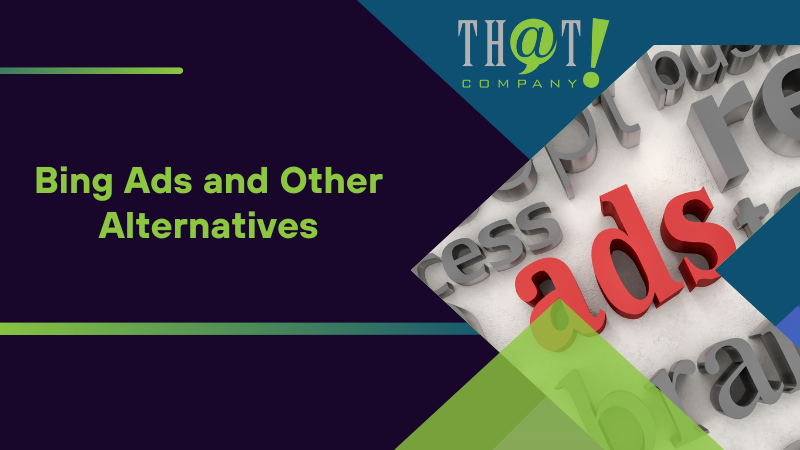
Bing Ads and Other Alternatives
While Google Ads dominates the PPC landscape, Bing Ads and other alternatives offer valuable advertising opportunities. Bing Ads has a global market share of approximately 3.73% as of 2024, making it a viable option for reaching specific audiences. In 2023, Bing generated an ad revenue of $12.21 billion, reflecting its continued growth and relevance in the PPC market.
Exploring alternative PPC platforms helps businesses diversify advertising strategies and reach new audiences. Understanding the performance, PPC stats, and potential of Bing Ads and other platforms helps advertisers make informed PPC investment decisions and achieve better results.
Bing Ads Market Share and Performance
Bing’s global market share is approximately 3.73% as of 2024, making it a smaller player compared to Google Ads. However, Bing’s average CPC is $1.54, which is 33% lower than Google Ads, offering a cost-effective alternative for advertisers. In 2023, Bing’s net advertising revenue was reported at $12.2 billion, reflecting a growth of 5.26% from the previous year.
Understanding Bing’s market share and performance metrics helps businesses make informed PPC strategy decisions. With lower CPC and continued growth, Bing Ads offers an attractive option for advertisers seeking to diversify their PPC investments.
Comparing Bing and Google Ads
Google Ads dominates the PPC advertising marketplace, capturing a significant share of overall search engine advertising. In comparison, Bing Ads holds a smaller market share, making it a less prevalent choice in the PPC landscape. However, the ROI for Google Ads generally surpasses that of Bing Ads, suggesting a more effective return on ad spending for advertisers.
The average Click-Through Rate (CTR) for Google Ads is approximately 3.17%, while Bing Ads has an average CTR of 2.83%, highlighting the differences in performance between the two platforms. Understanding these comparisons helps businesses make informed PPC strategy decisions and choose platforms that best align with their goals.
Other PPC Platforms
Emerging PPC platforms like TikTok and Snapchat offer unique opportunities for advertisers to reach new audiences and explore innovative ad formats. With Bing’s ad revenue reaching $12.21 billion in 2023, the platform continues to show consistent growth from previous years. Additionally, Bing’s ad performance metrics have shown an average cost per action of $41.44, making it a viable option for specific advertising goals.
For console users, Bing has a commanding 54.68% market share, highlighting its relevance in certain segments. Exploring other PPC platforms helps businesses diversify advertising strategies, reach new audiences, and drive better performance and ROI.
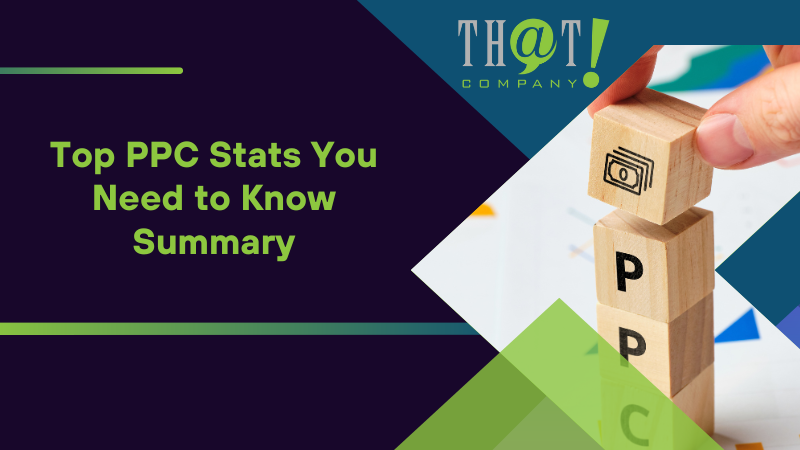
Summary
In conclusion, Google Ads continues to dominate the PPC landscape in 2024, while mobile advertising becomes increasingly important. Additionally, new social media and local PPC trends are emerging, shaping the future of digital advertising. By understanding the key statistics and trends, businesses can optimize their PPC strategies and achieve better results. The high ROI potential of PPC advertising makes it an essential tool for marketers. Additionally, its ability to generate immediate traffic and conversions adds to its value.
As we move forward, staying informed about the latest PPC statistics and trends will be crucial for success. By leveraging the insights provided in this blog post, businesses can make informed decisions about their advertising investments and achieve their marketing goals. A white label PPC management company can help businesses navigate these complexities, offering expert support and optimized strategies. Let’s embrace the opportunities that PPC advertising offers and drive our campaigns to new heights.
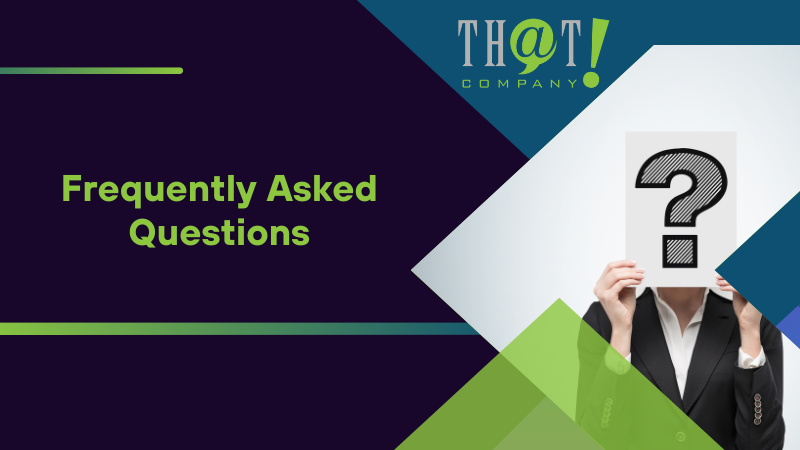
Frequently Asked Questions
What is the success rate of pay-per-click?
Pay-per-click campaigns can be quite effective, with an average conversion rate of around 3.75% across all industries. Focusing on your target audience and refining your strategy can lead to even greater success!
What is PPC in data?
PPC, or pay-per-click, is an online marketing strategy where you pay for each click on your ads. This approach allows you to buy traffic to your website effectively. PPC stats show that businesses leveraging PPC can significantly boost visibility and drive targeted visitors directly to their business!
What is the average conversion rate for Google Ads?
The average conversion rate for Google Ads is 6.96%, highlighting its effectiveness in driving results. Harness this potential to elevate your advertising success!
How does mobile ad spending compare to traditional media?
Mobile ad spending is set to eclipse traditional media, highlighting the shift towards mobile platforms as key players in advertising. Embrace this change and make the most of mobile opportunities!
What is the significance of click-through rates (CTR) in PPC advertising?
Click-through rates (CTR) are vital in PPC advertising because they reflect user engagement and the effectiveness of your ads. Boosting your CTR can lead to improved performance and greater success in your campaigns!






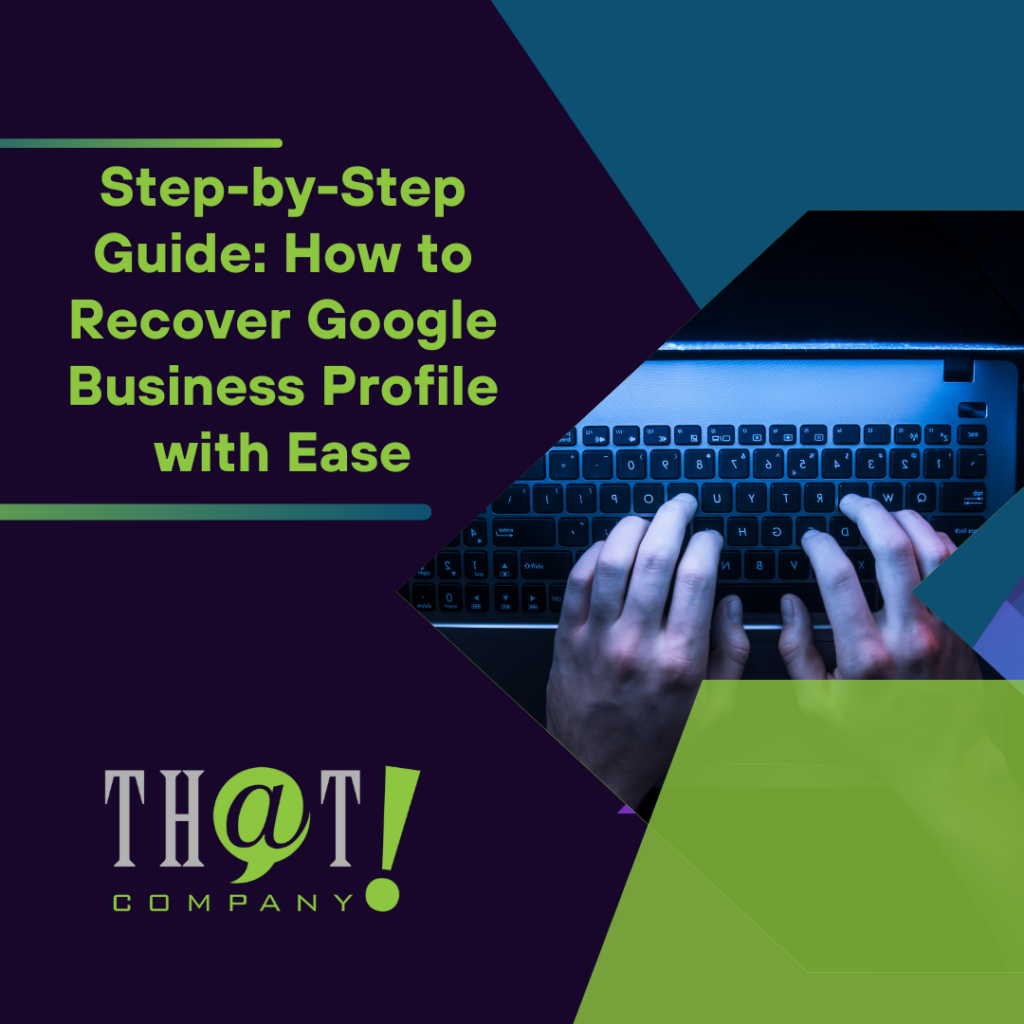
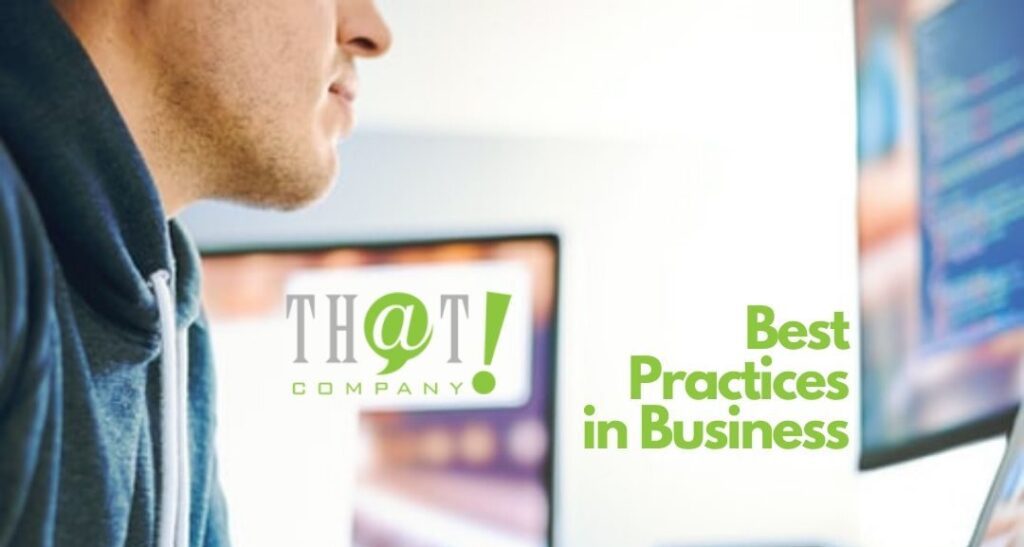

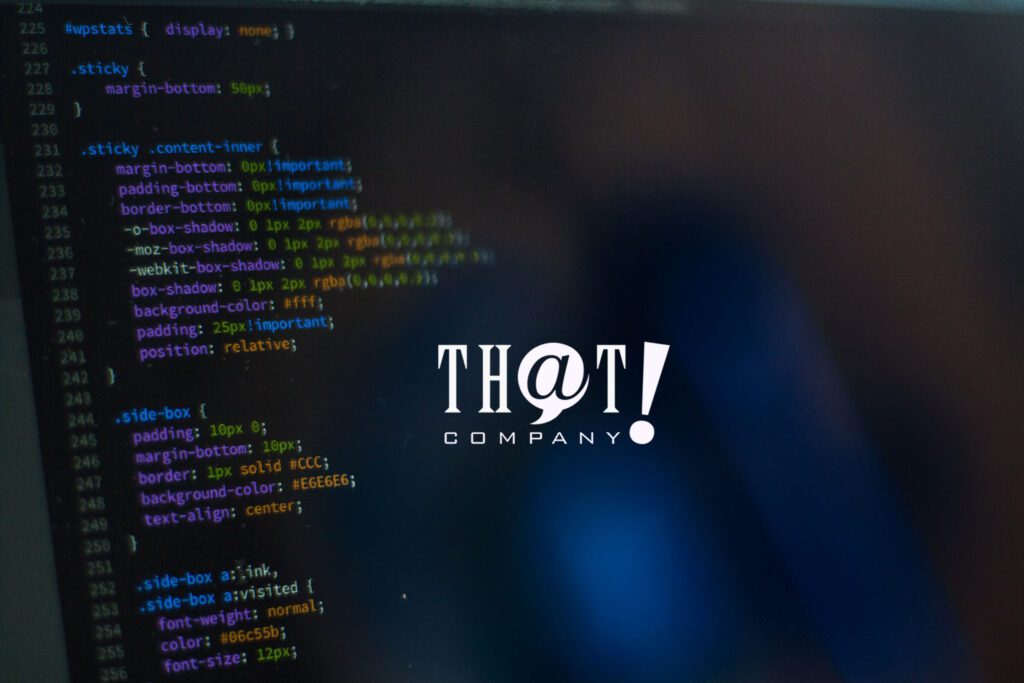
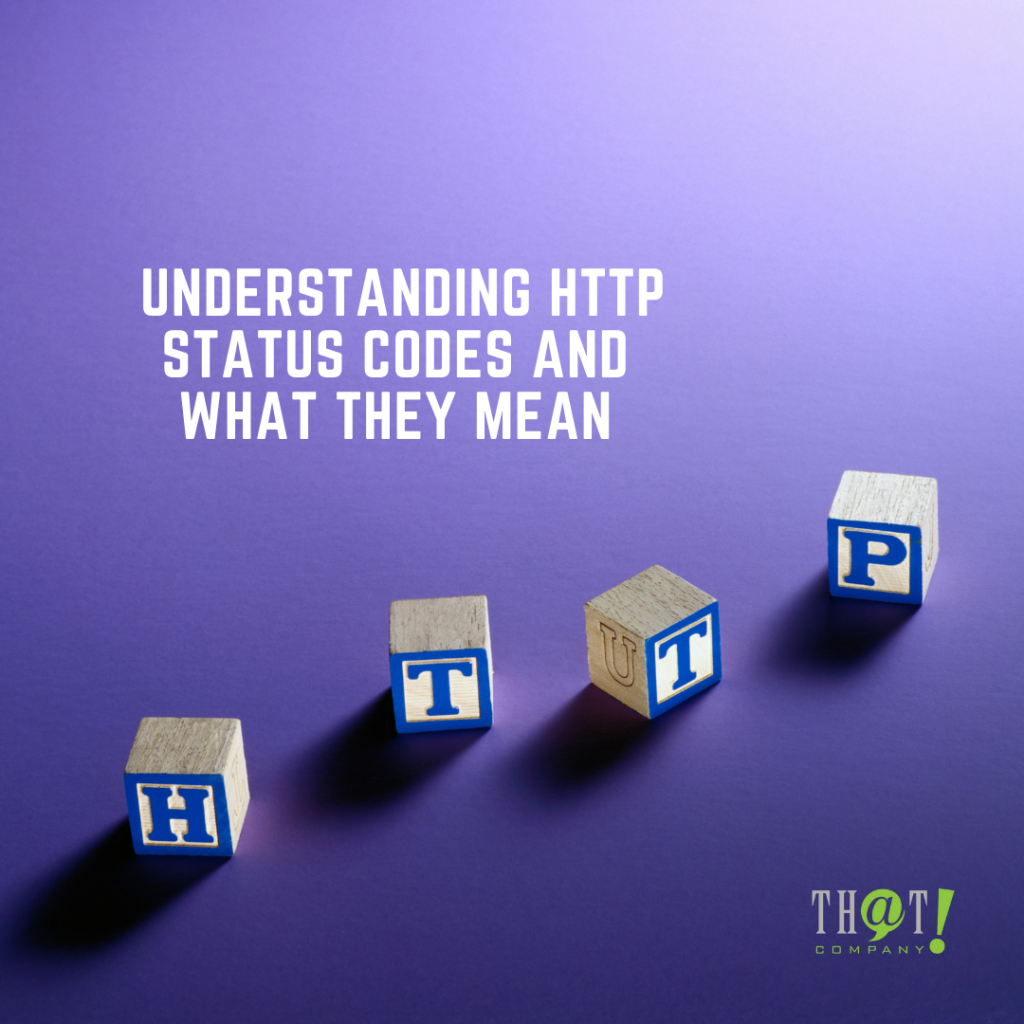
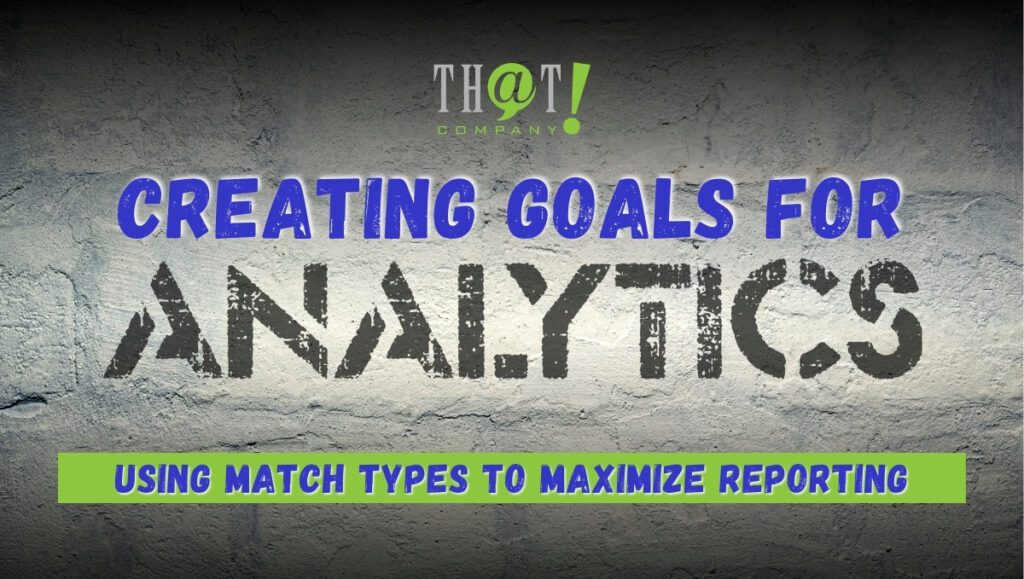
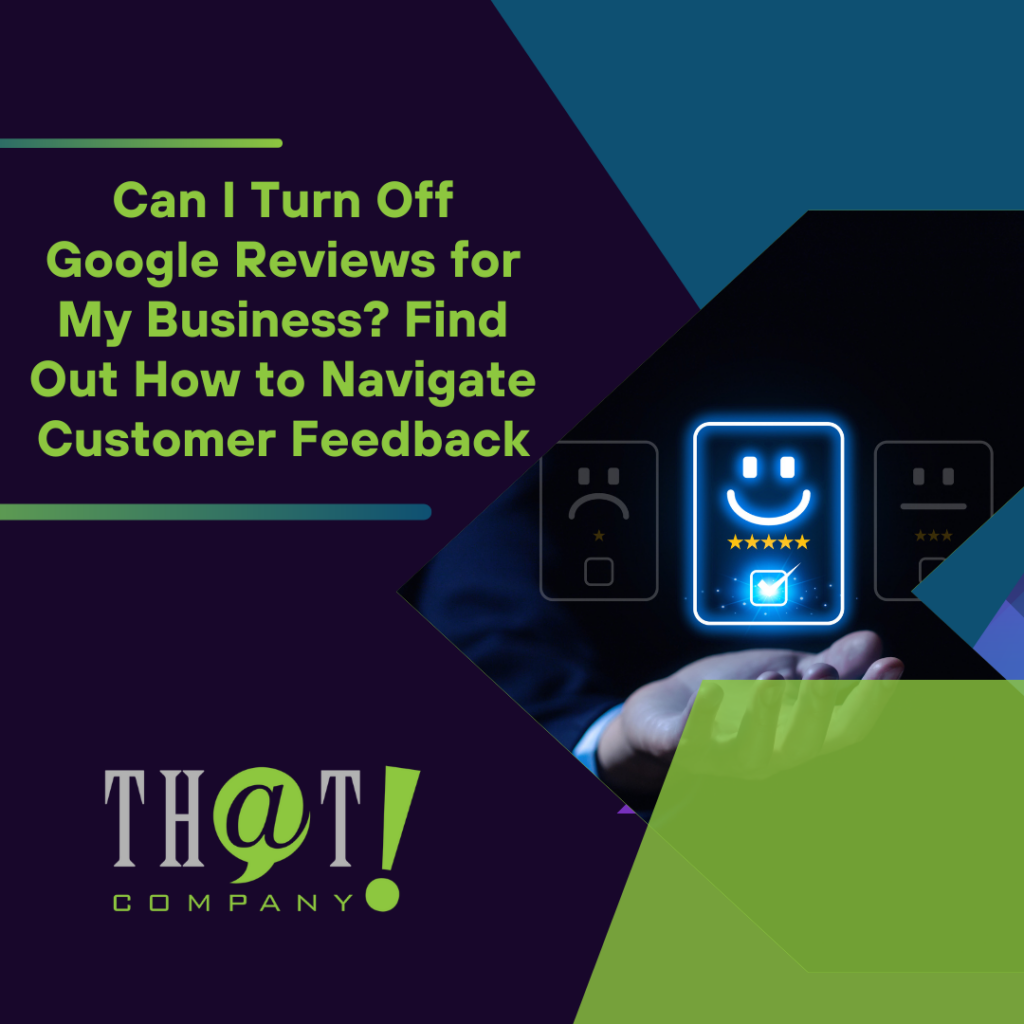
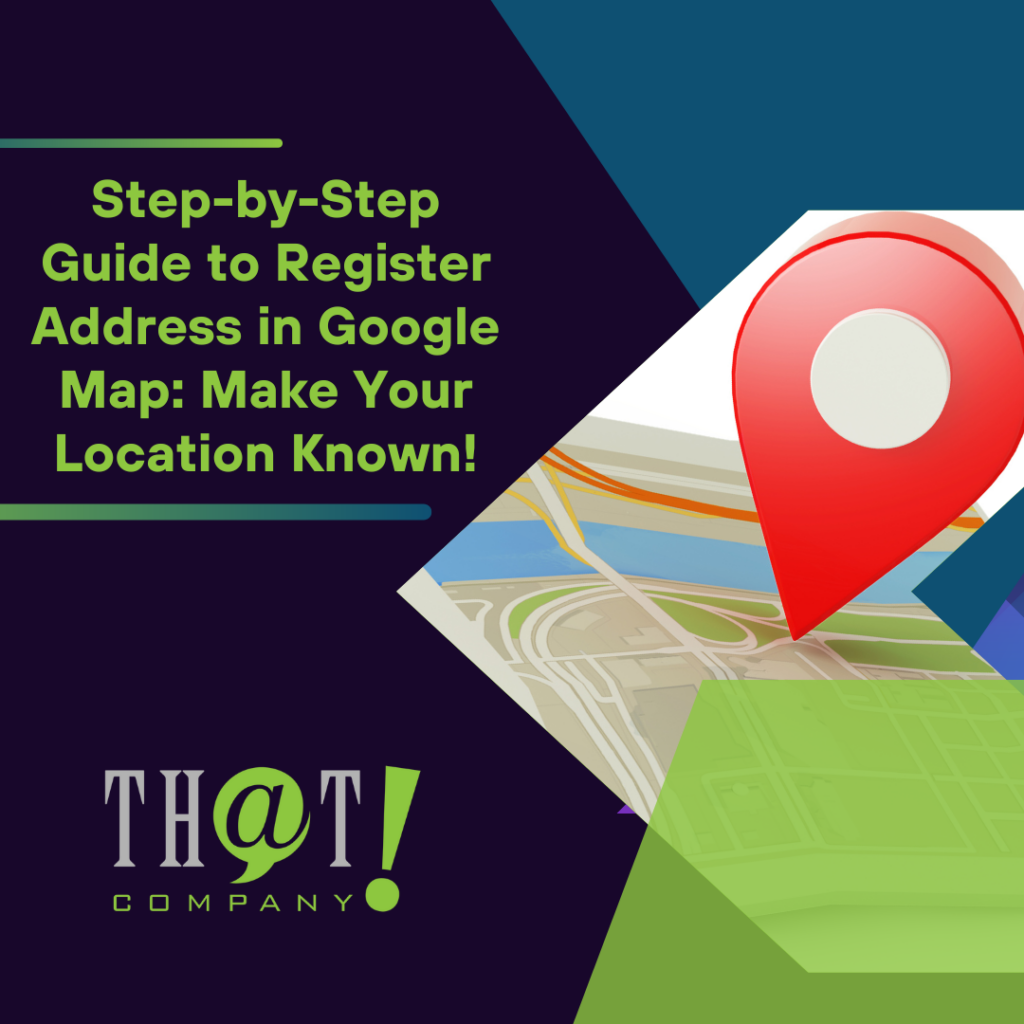
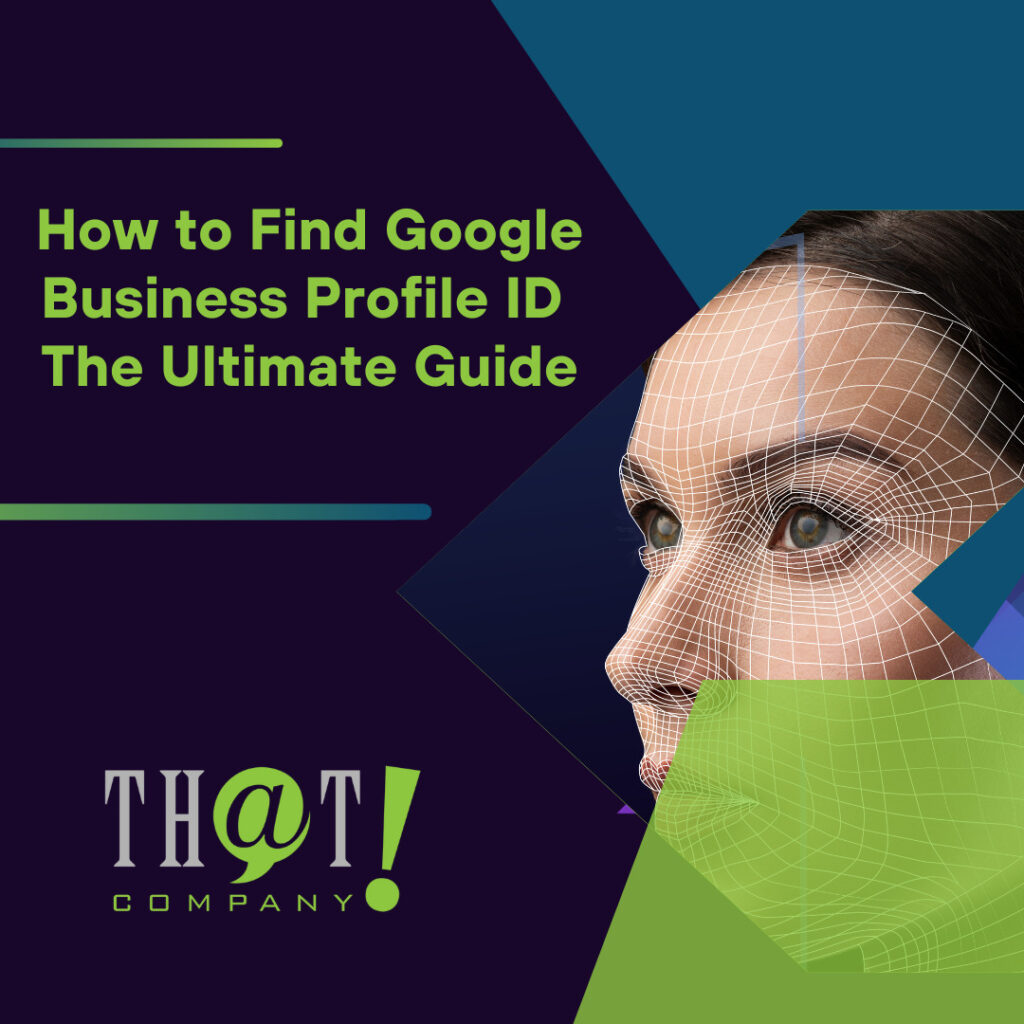

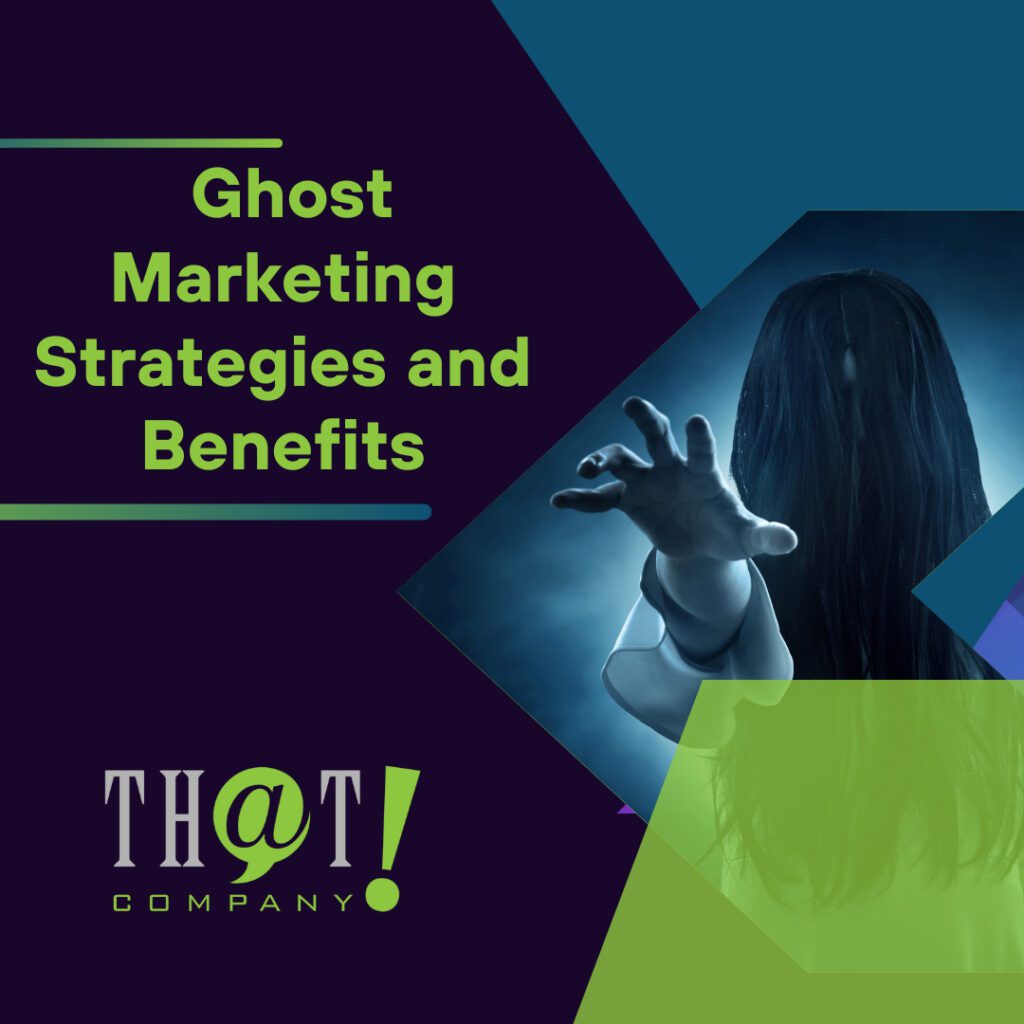


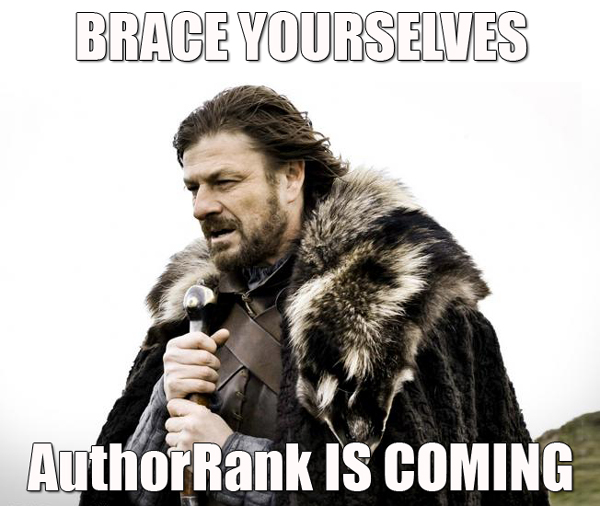
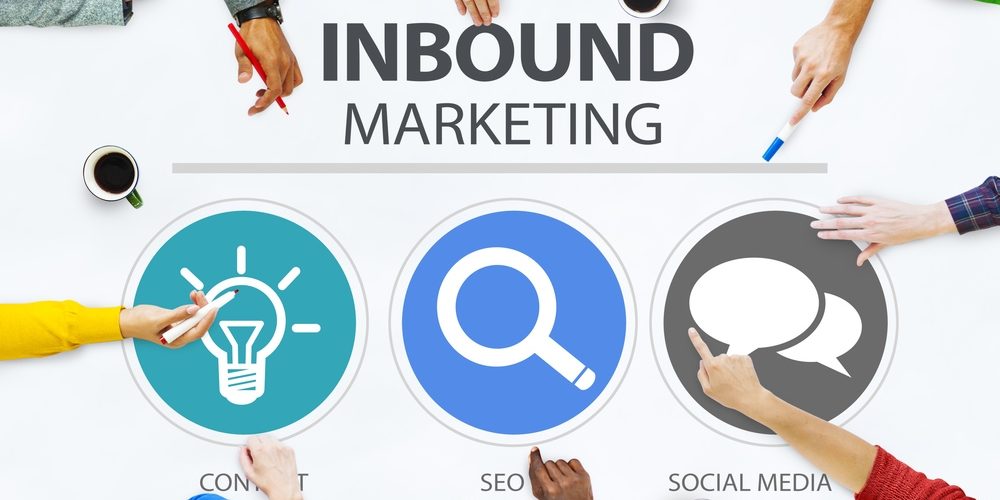
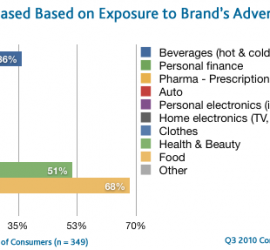
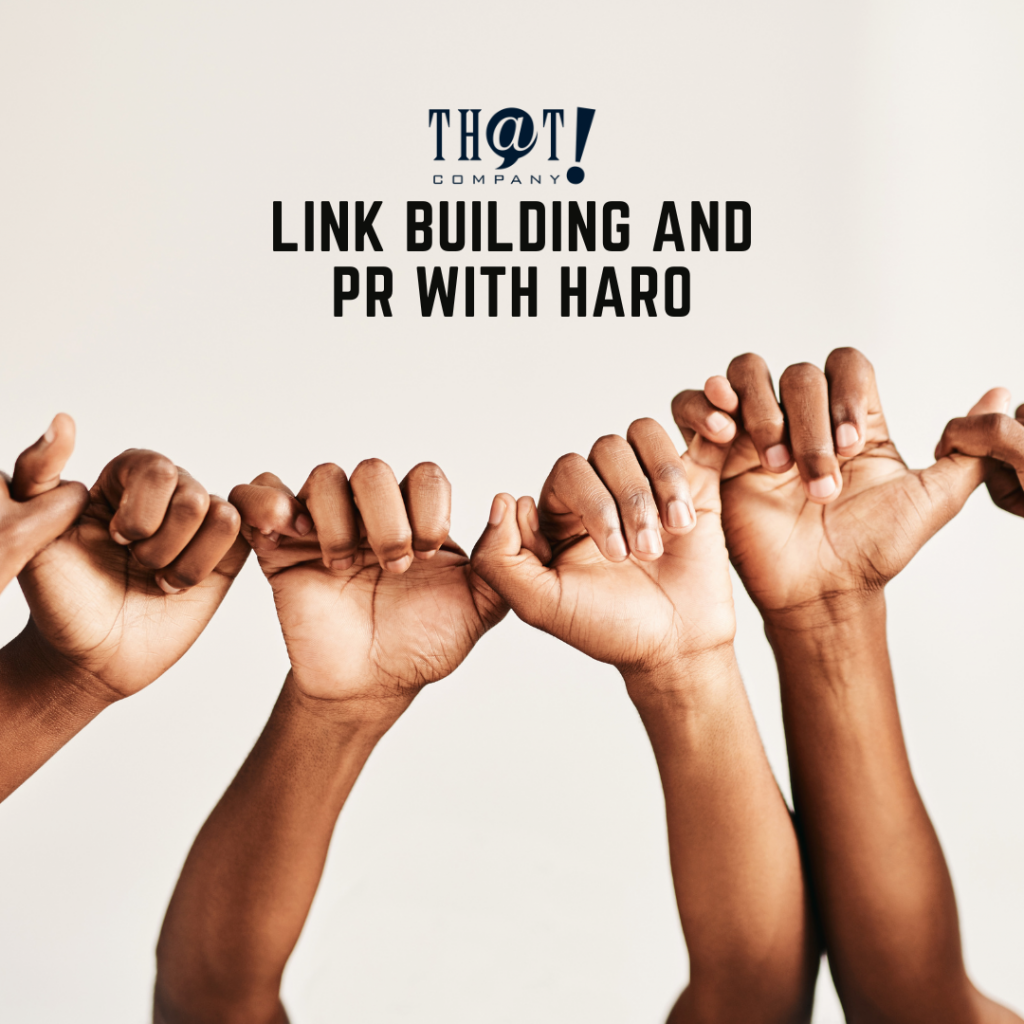
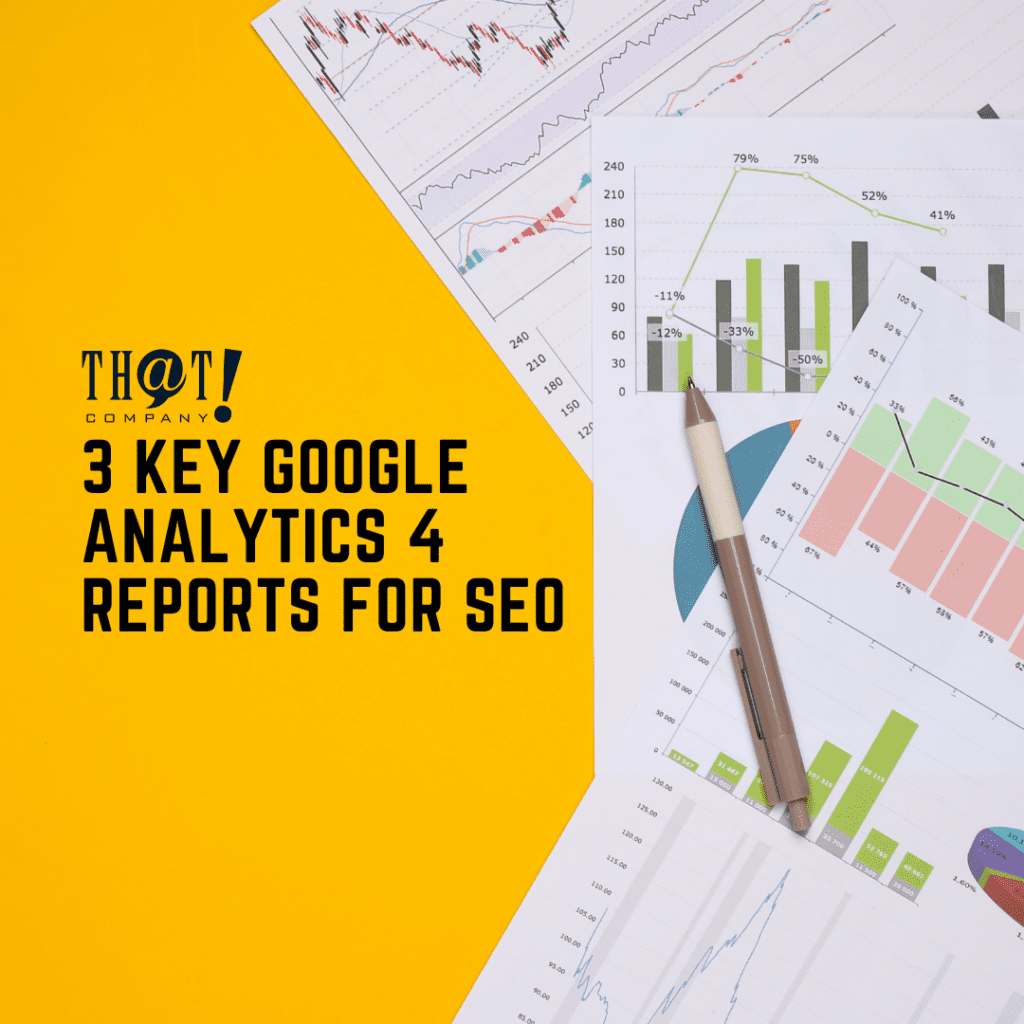

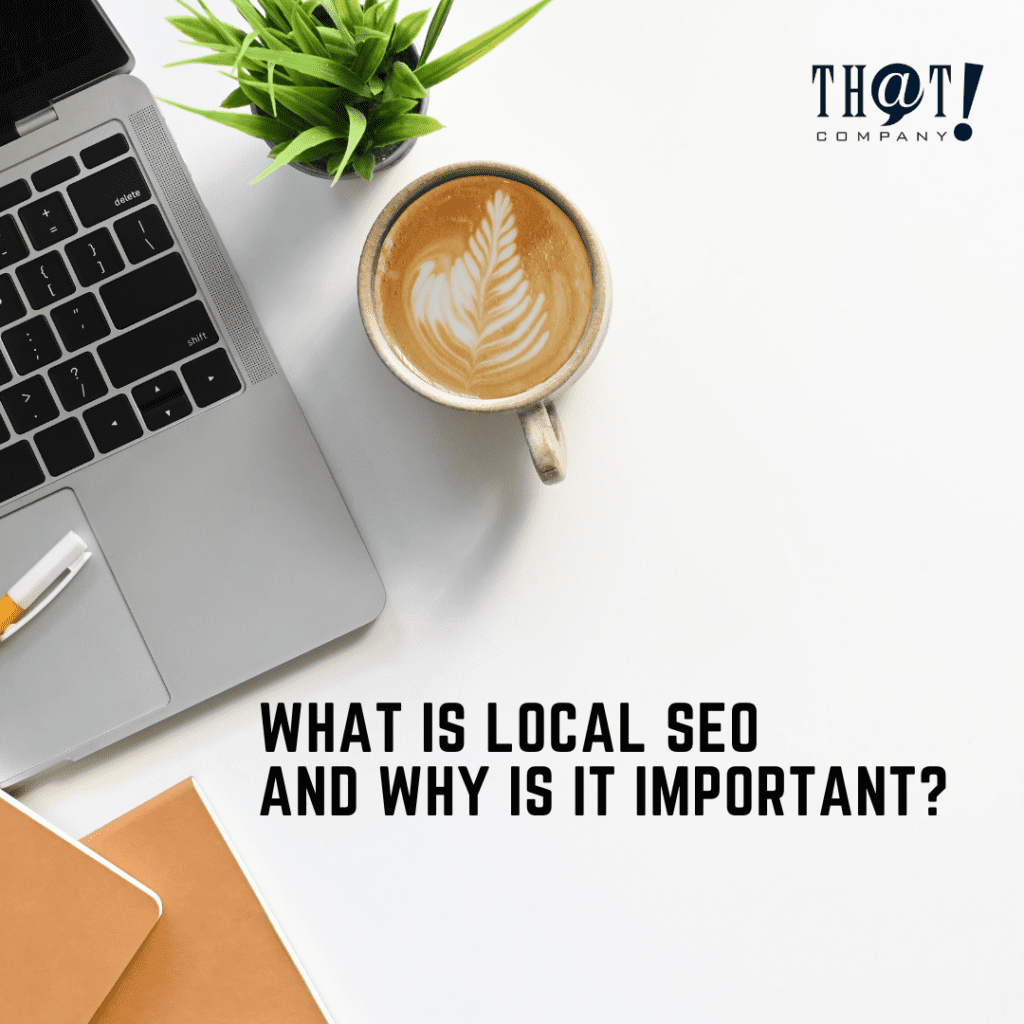

 Talk With Us
Talk With Us  Give Some Love
Give Some Love 


